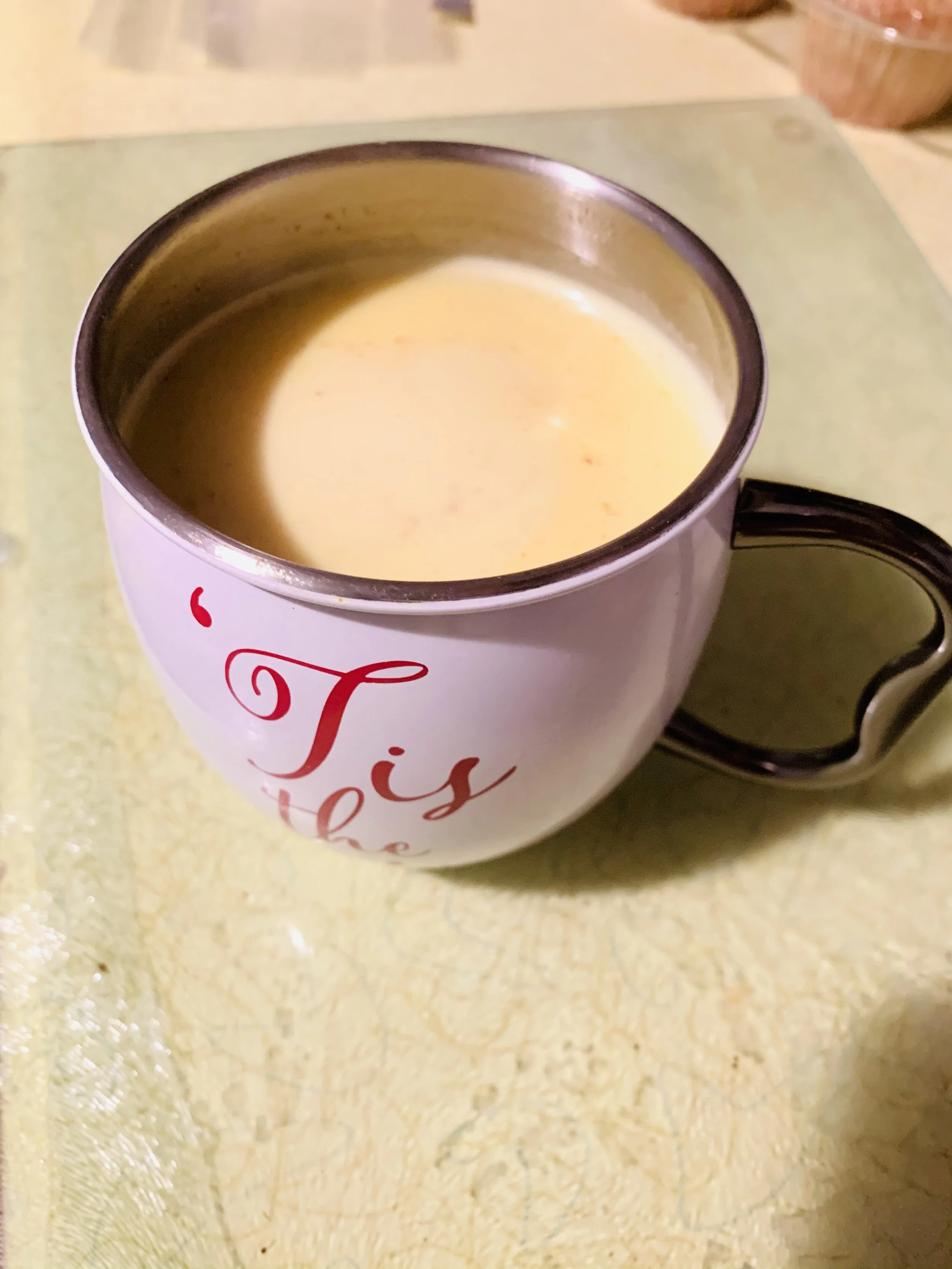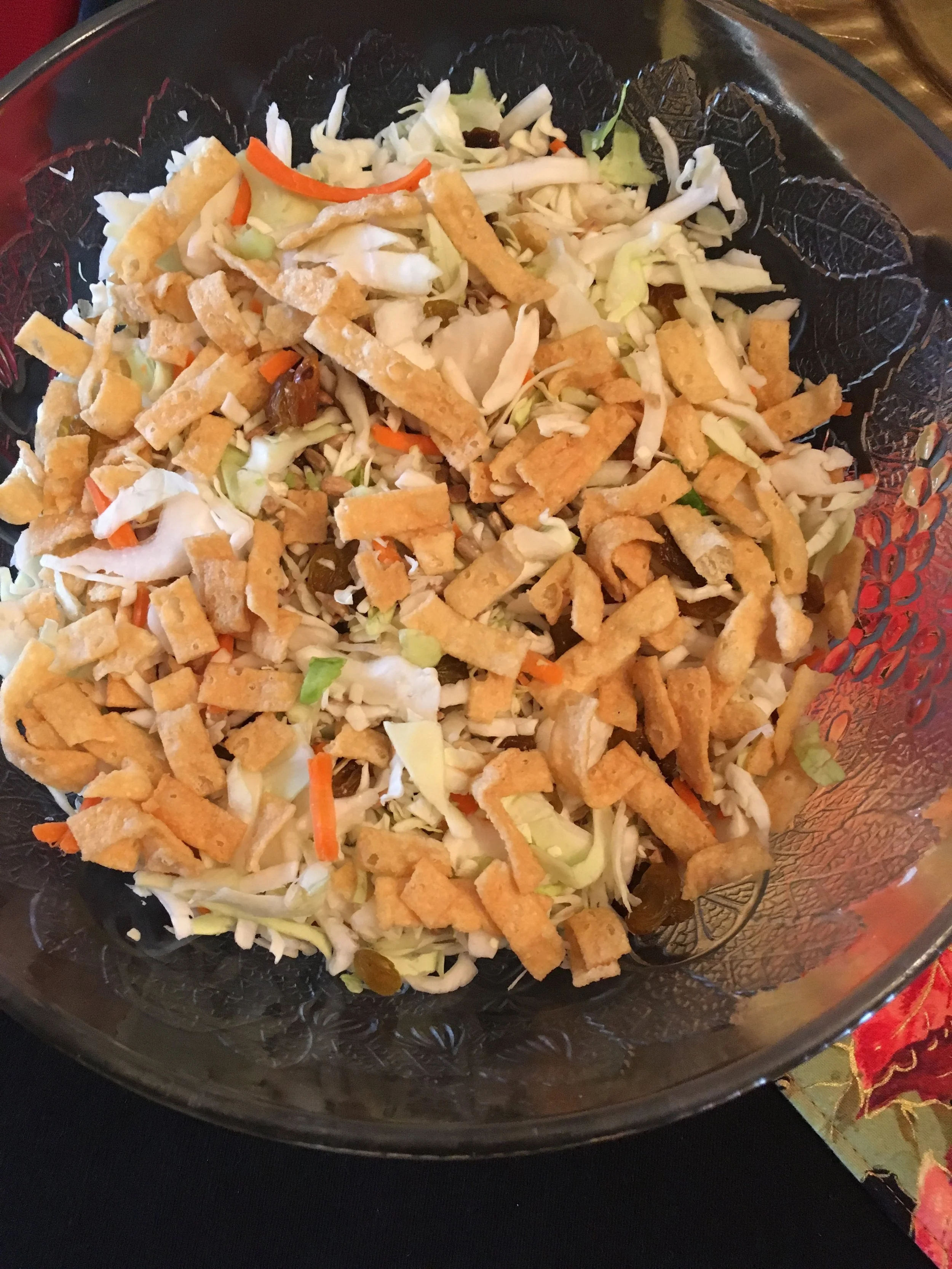Bake This Bread (Back of the bag Oatmeal Bread)
Bread can be an intimidating baked good. This is particularly true of breads made with instant yeast. However, with a bit of technique and patience, quality bread can be made at home. One bread that I baked recently was the King Arthur Back of the Bag Oatmeal Bread. The original recipe posted here and the accompanying blog post featured thorough and well-written directions for the recipe (and substitutions!)
Here is what you need & some tips!
Back of the Bag Oatmeal Bread (original source King Arthur Baking)
3 C (361g) Bread Flour- this provides the necessary amount of protein to the bread thus giving it a sturdy structure as it rises
1 C (89g) Rolled Oats- it is called oat bread!
2 TBSP Butter- unsalted ideally, room temperature ideally, salted butter should be fine if that is all you have
1.5 tsp Salt- kosher
3 TBSP Brown sugar (40g) or honey (63g)- I love honey in this recipe, but use what you have
2 tsp Instant Yeast- I recommend buying those large jars of yeast at the grocery store (they will last for six months once opened). If you use packets of yeasts, save the extra yeast in a sealed Tupperware container
1.25 C (283 g) Lukewarm milk- I use whole milk. You can try cutting down on the fat the second time you make it. I recommend using whole milk the first time making this bread so you know what the texture of the crumb should be like (hint- its moist and fluffy!) Milk should be around 95-100 degrees. If you go above 110-115 degrees you will kill the yeast
This recipe has such few ingredients and is easy to make. Here is how you are going to do it!
1st- In the bowl of a stand mixer, mix all the ingredients except the yeast with a wooden spoon until a shaggy dough forms. Once mixed, then mix in the yeast until combined.
2nd- On medium speed, knead the dough in a stand mixer with the dough hook for about 10 minutes. This is probably the most crucial step.
Must you use a dough hook? Yes! You cannot use a whisk or paddle attachment. Why? It’s because the dough hook moves in such a pattern that forces the dough to slap the side of the bowl of the stand mixer. It’s this rotation that kneads the dough. This cannot be accomplished with a different attachment.
When do I stop kneading? About 10 minutes should be sufficient. The bread dough should measure 77-81 degrees and pass the window pane test. The windowpane test is when you can stretch a small piece of dough (about 1-2 TBSP) thin enough that, if held up to a window, light will pass through it. If you hold a finger between the back of the dough and the window, you should see the shadow of your finger.
Why is the windowpane test crucial? Passing the windowpane test is a sign you have developed enough gluten in the dough.Developing enough gluten will allow the bread to rise properly and have a tall, sturdy structure. If you don’t have enough gluten development your bread may not rise and will be dense. See the picture at the bottom of this post for what the windowpane test should like. If your dough does not pass this test, knead for 2-3 more minutes and try again.
***as long as you develop enough gluten in this step, your bread will be on track to be magnificent****
3rd- Oil a medium sized mixing bowl with cooking spray. You can also just oil the bowl of the stand mixer. Place the dough in the bowl and cover the bowl with plastic wrap. Let rise for 1 hour. The dough should double in size (or be very close).
How warm should my kitchen environment be? This dough rises very well and quickly. Your kitchen should be warm. As long as it is not chilly and cold you should be OK. You can also turn your oven onto 100 degrees, then turn it off, then put your bread dough in the oven to speed up the rise.
4th- After 1 hour, scrape dough out onto lightly floured surface or cutting board. Roll dough into an even 6x8 inch rectangle. Starting on the shorter side (6 inches), roll up the dough like a log. This Youtube video represents an easy technique to achieve this. The bread loaf should be seam side down.
5th- Line a 9x5 inch loaf pan with parchment paper. Place the prepared loaf in the pan (seam side down still). Mist the dough with cooking spray. Cover with plastic wrap. Let rise for about 1 hour until the dough crests the top of the pan by 1 inch. As the dough does its’ second rise, preheat the oven to 350.
6th- Once the dough has risen. brush the top of the loaf with 2 TBSP milk. Sprinkle 1-2 TBSP oats on top of the bread.
7th- Bake the bread on the center rack of the oven for about 35-40 minutes. The finished bread will be golden brown and register 190 degrees when a thermometer is inserted. Check the bread at the 25 minute mark and cover with foil if it any point the crust appears too dark.
8th- Let cool on a wire rack for 45-60 minutes.
Can’t I just eat it warm? While that may be tempting, you shouldn’t. The starches and crumb of the bread will be piping hot out of the oven. You need to give the starches time to relax and slow down. if you eat the bread right away the flavor will be dulled and the texture will seem undercooked.
9th- Once cool- slice, enjoy, slather with butter or jam or peanut butter.
This is what passing the windowpane test should look like.







